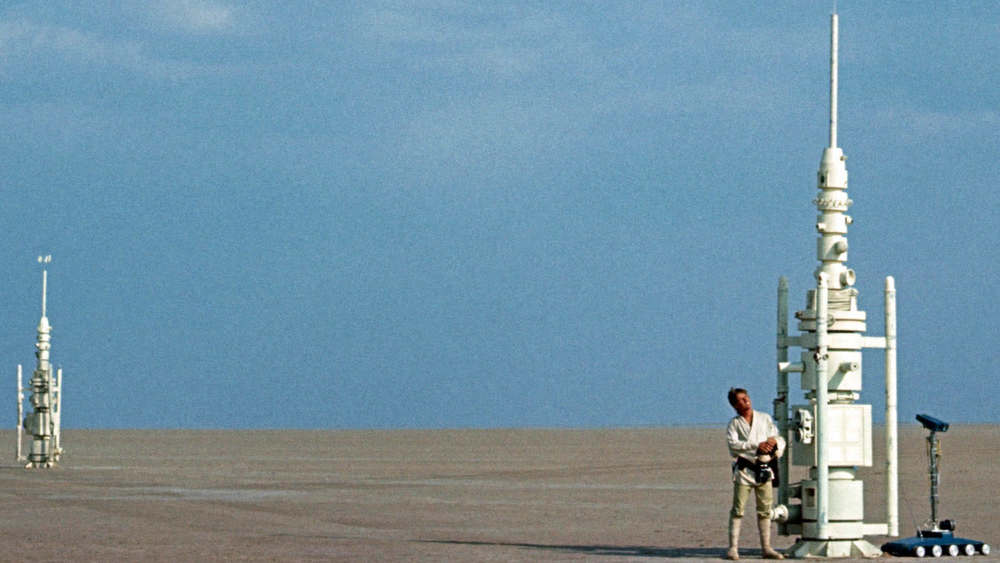 We live on a planet where two-thirds of the surface of the world is covered by water. But there are a few places on the surface of this world where there is, practically, no water. The air itself is so dry that all containers need to be air sealed to prevent the water from evaporating rapidly. Air, even in deserts, carries trace amounts of water in it. The drier the air, the more readily it picks up water (which has a few interesting factors such as promoting cooling through evaporation).
We live on a planet where two-thirds of the surface of the world is covered by water. But there are a few places on the surface of this world where there is, practically, no water. The air itself is so dry that all containers need to be air sealed to prevent the water from evaporating rapidly. Air, even in deserts, carries trace amounts of water in it. The drier the air, the more readily it picks up water (which has a few interesting factors such as promoting cooling through evaporation).
This brings us back to the title of this blog. 40 years ago, STAR WARS debuted in theaters. Amidst the galactic civil war, we’re introduced to a farmer on a desert world. His job is to pull water from dry air using an apparatus called a moisture vaporator for use in drinking and growing crops on the arid world.
How a Moisture Vaporator Works
The short answer is pressure and temperature. Moisture vaporators in STAR WARS would function similarly to an air conditioner or dehumidifier here on Earth. You see, dehumidifiers contain many of the same parts you find in an air conditioner. As heat is being transferred between through the unit, the pressure and temperature changes affect how much water the air around it can hold. Water from the air condenses on the piping and flows into a drip pan. This is part of why it’s important to get your HVAC system inspected regularly, as it helps you stop mold before it starts of the water has failed to evaporate after condensing.
For a moisture farm, a similar powered system could be used to pull water from dry air. You would need a more powerful compressor to cool the air in that heat and you would need a better refrigerant than any that we currently use to get the temperature and pressure differences, but it’s theoretically possible.
Still, what if you wanted to farm moisture from a dry climate but don’t have the infrastructure for high-powered weather vanes? Physical construction can work to your advantage here. In fact, a team at MIT did just that using a metal organic framework to capture water from the air and collect it during the cool desert nights.
Ideal Humidity
We should point out that, while you don’t need to farm moisture at home, it’s important to regulate the humidity of your home to prevent mold growth. It can also help you save money in the form of cooling during the summer by helping to improve evaporation using dry air.
Buying a hygrometer, dehumidifier, and a humidifier are all useful tactics for controlling the humidity of your home. But what’s the ideal humidity level? 45% is best. Decreasing humidity will save you money on cooling costs and make it unlikely that you’ll have a problem with mold, but reducing humidity too far will have a negative impact on you as well. Low humidity will mean added heating costs in the winter and will lead to dry skin, lips, and a possible sore throat when you wake up in the morning.
Pushing humidity to far above 45%, while it will improve heating costs in the winter, increases the risk of mold and mildew growth. So be cautious when adjusting humidity throughout your home.
